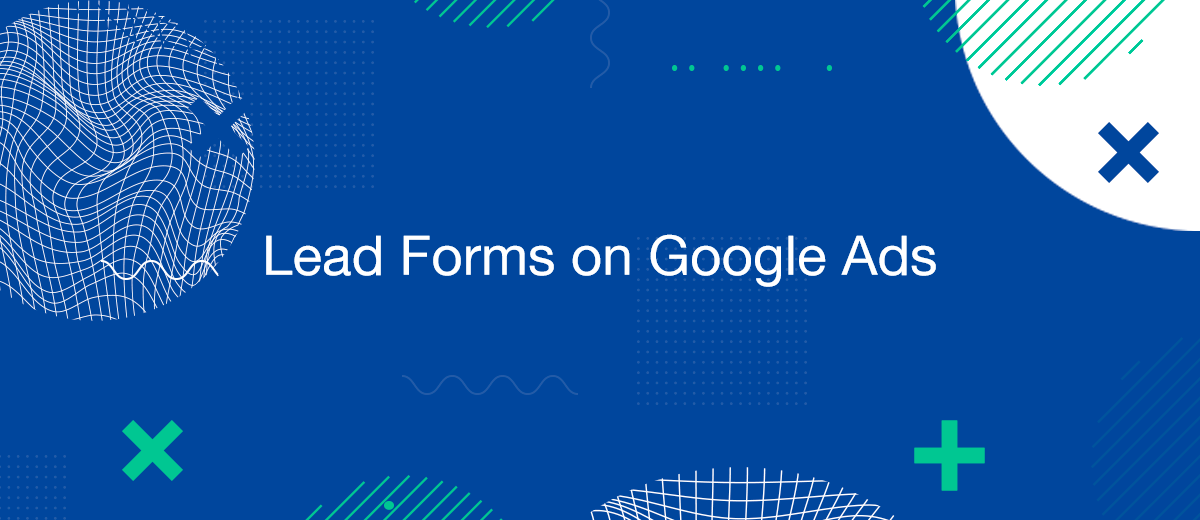Lead forms on Google Ads represent a strategic tool for digital marketers aiming to capture information from potential customers directly through Google's advertising platform. These forms simplify the lead generation process by embedding directly within ads, allowing businesses to collect valuable data without redirecting users to another webpage. This guide provides an overview of lead forms, explaining their purpose, setup, and best uses in your advertising campaigns.
The Basics of Google Ads Lead Forms
Lead forms are ad extensions that advertisers can add to their Google Ads campaigns to collect user information such as names, email addresses, phone numbers, and more. These forms are designed to capture leads directly from the ad interface, making it easier for users to provide their contact details without leaving the platform they are on.
How to Set Up a Lead Form
Setting up a lead form in Google Ads involves a few key steps:
- Selecting the Campaign: Lead forms can be added to various types of campaigns, but they are most commonly used in Search, Display, and YouTube campaigns.
- Creating the Form: You'll need to decide what information you want to collect from users. Google allows you to customize the form fields to suit your needs.
- Configuring the Submission Settings: Define what happens after a user submits the form—such as sending a confirmation message or redirecting them to a thank you page.
Advantages of Using Lead Forms
Using lead forms in your Google Ads campaigns offers several benefits:
- Higher Conversion Rates: By reducing the steps required to capture lead information, these forms can significantly increase conversion rates.
- Improved User Experience: Users appreciate the convenience of not having to navigate away from their current environment to provide their details.
- Direct Data Collection: Lead forms provide advertisers with immediate access to lead data, which can be used to quickly follow up on potential customers.
Best Practices for Lead Form Success
To maximize the effectiveness of your lead forms, consider the following best practices:
- Keep It Simple: Only ask for essential information to minimize the user's effort.
- Offer Incentives: Encourage more submissions by offering incentives such as free downloads, special offers, or detailed guides.
- Use Clear Call-to-Actions: Make sure your call-to-action clearly states what users will receive in return for their information.
Integrating Lead Forms with Other Tools
For optimal lead management, integrating your Google Ads lead forms with other systems like CRMs or email marketing tools is crucial. Tools like SaveMyLeads can automate the transfer of data from Google Ads to these systems, ensuring that leads are promptly followed up. This integration not only saves time but also enhances the efficiency of your lead management processes.
Are you using Facebook Lead Ads? Then you will surely appreciate our service. The SaveMyLeads online connector is a simple and affordable tool that anyone can use to set up integrations for Facebook. Please note that you do not need to code or learn special technologies. Just register on our website and create the necessary integration through the web interface. Connect your advertising account with various services and applications. Integrations are configured in just 5-10 minutes, and in the long run they will save you an impressive amount of time.
